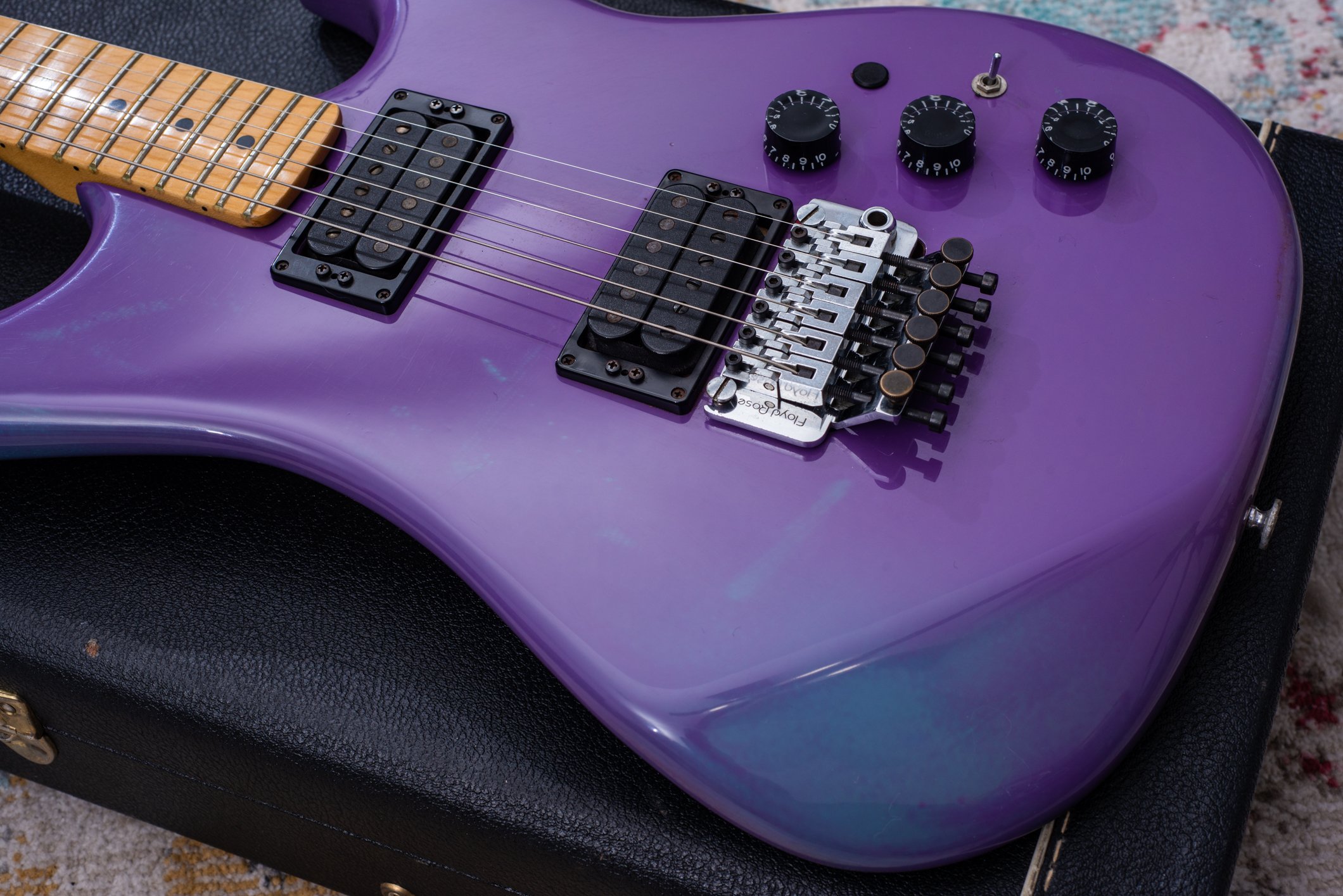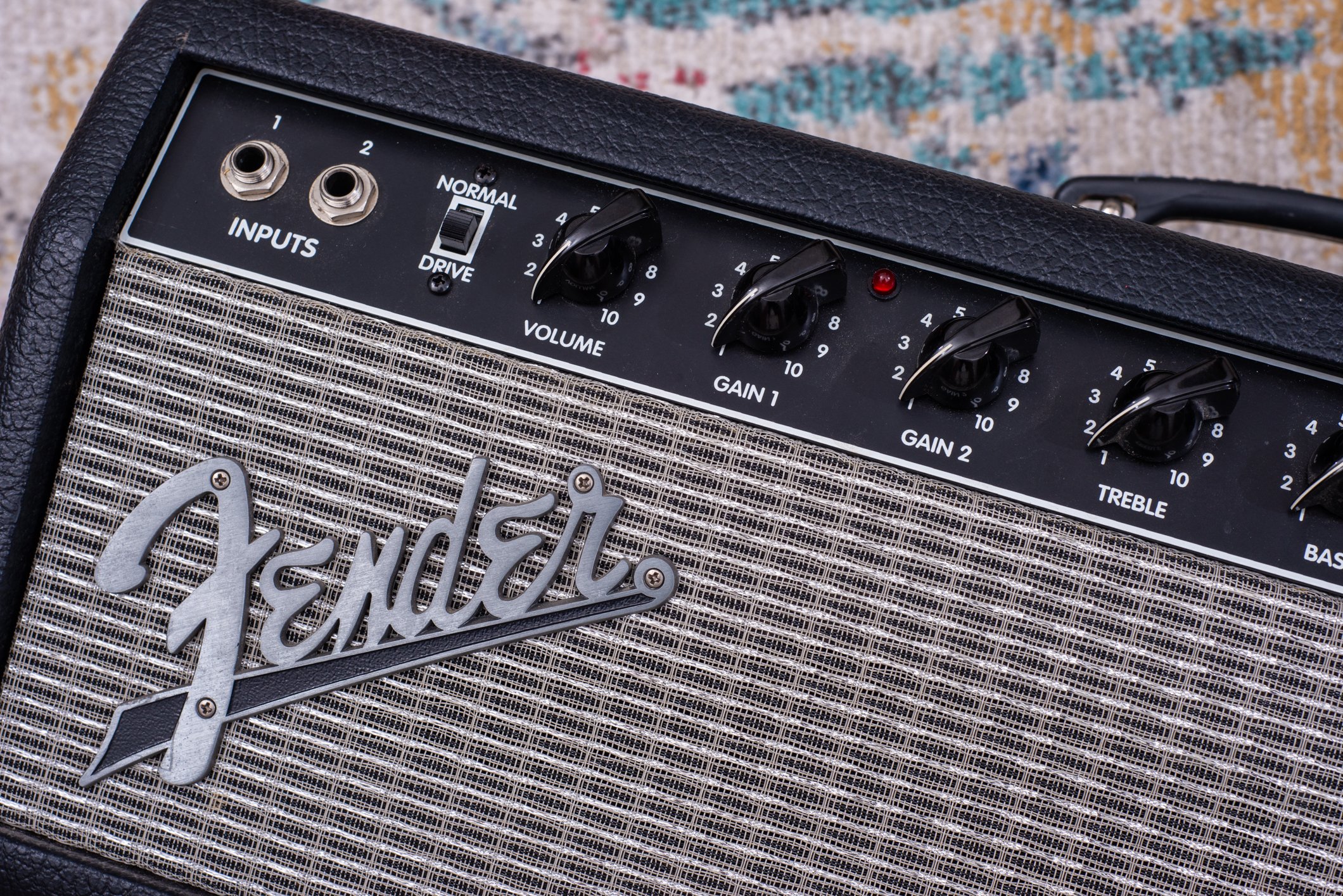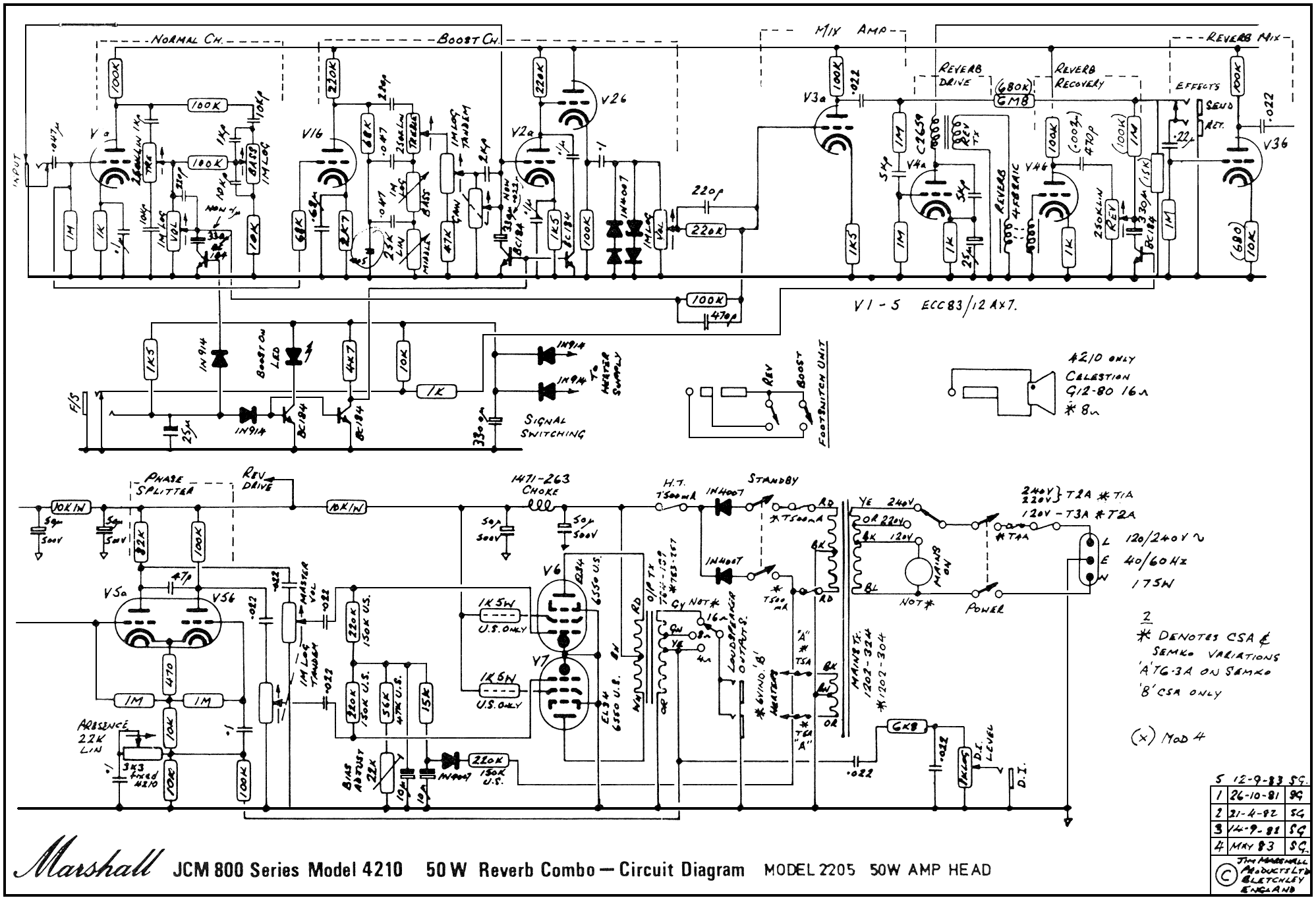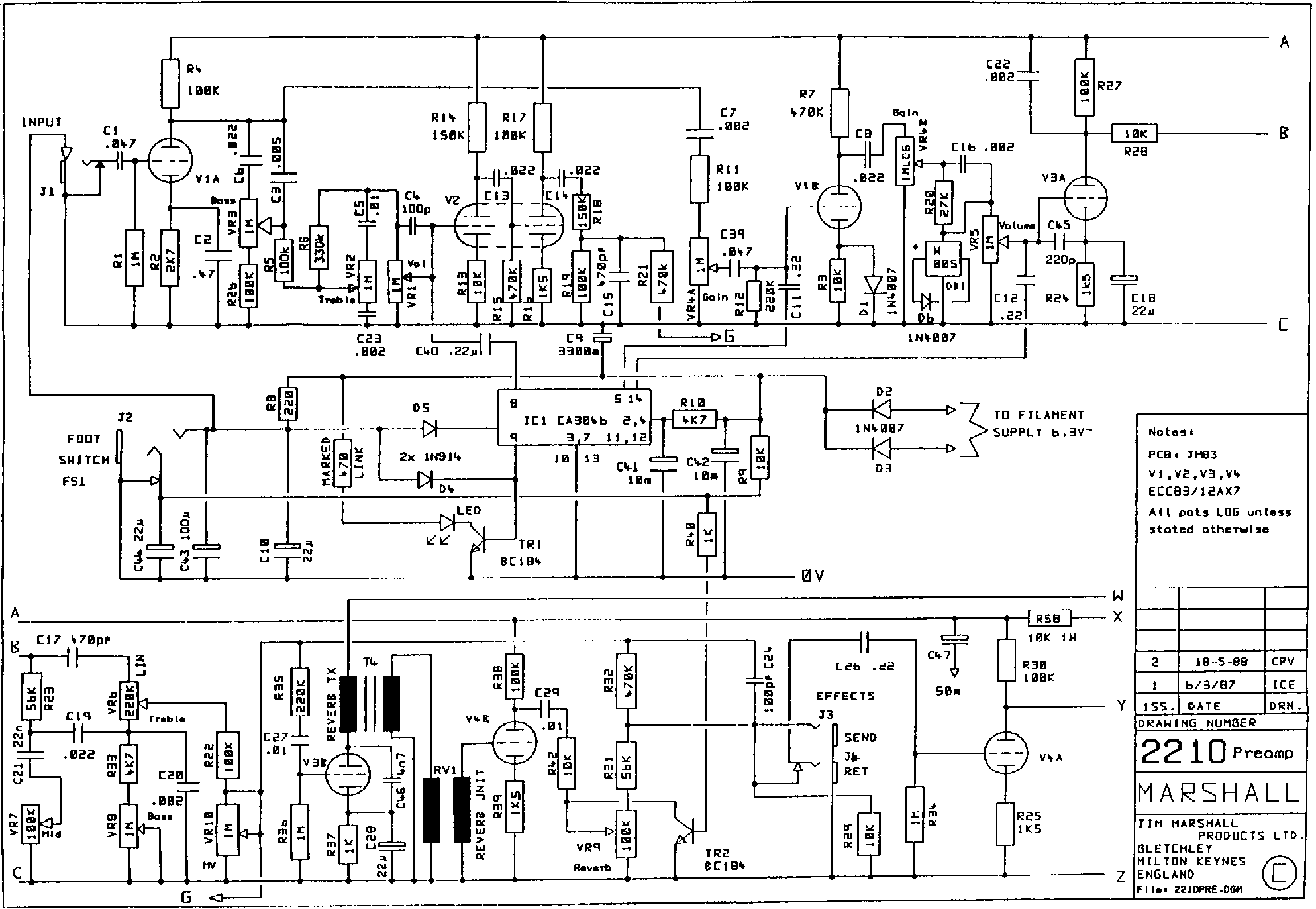Spotted this one online in the GC used section and figured it was worth a shot. It was described to include the footswitch, but no 1/4 cable, and fully working.
It arrived in decent condition, but with mismatched power tubes - it’s normal to have 2x EL34 and 2x 6L6 with these, but while the EL34’s are matched JJ’s, the 6L6’s are two different tubes. They still sound and play well, so I suppose no real complaints there.
My actual complaint is that the reverb does not work, and this wasn’t disclosed beforehand. I took a look at the basics - tubes and RCA connectors - all is connected properly but there’s just noise when turning up the reverb control on the amp’s front panel. In addition, it blew a preamp tube (cracked, white color above the getter) after a few hours of playtime. I phoned the store that sent me the amp and they gave me a run around, and after some pressing only refunded me the cost of the shipping (about $35). It’s still not worth returning the amp, as the price paid was very good for an otherwise fully working GEQ Mark III, but I can’t help but feel a little disappointed.
Either way, I’ll replace the reverb tank, which fails the continuity test and hopefully that’ll solve the problem there, and I’ve already replaced the blown tube at my own cost.
As for the sound of the amp, it’s wonderful, as expected. The “Blue Stripe” Mark III’s supposedly have the most aggressive lead channel, and I hear it. Someone before me also conveniently added a volume control on the rear panel for the Rhythm 2 mode, to better balance that with the other channels. Rhythm 2 is a fantastic sound as well, keeping the same feel as the Lead but with a little less hair and saturation - sounds amazing boosted, as an alternate texture to the built-in Lead channel.
I generally set the amp up the same way as my Mark IV - volume on 8, drive on 8, treble 10, mids 5, bass 2, and GEQ in a nice smile shape. This does make the cleaner Rhythm 1 mode get into break up with humbuckers, but it’s not too bad. Still, I can see why the Mark IV has a separate volume control for Rhy1 and Rhy2, since that’s effectively the gain control. In addition, this Mark III doesn’t have the output master of the IV, so there is no overall master volume, which makes it a little less flexible in channel switching situations. I solved this problem by placing a volume box in the loop for home practice, and removing that box brings the amp up to expected “gig volumes.”
I’m also enthralled with the pull deep function, especially on the lead channel. I can fine tune how bassy the tone is with the GEQ, but the deep drastically alters the feel of the low end when playing - much spongier, more saturated response, which I really like, especially for lead playing.
I can’t wait to do some more comparisons between this amp and my Mark IV and Mark V, especially on the Rhythm channels.
























